目次
Craft Report
A Legacy Carried Forward by the Third Generation as a Couple.
Founded in 1955, Shinroku-gama has been producing everyday Kyoto ware such as rice bowls and teapots across three generations. The kiln is named after its founder, Shinroku Tsuji. Fascinated by the chemical transformations of ceramic glazes (minerals), Shinroku pursued ceramics and, through his dedicated research and development, established the unique glazes and designs that remain the kiln’s strengths today.
The third-generation successor, Mika Kyotani, grew up watching her father Kanji and grandfather Shinroku at work. Although she initially pursued a career at a bank, she felt the family’s glazes and designs must be preserved and decided to continue the craft. She studied at the Kyoto Prefectural Ceramic Training School (now the Kyoto Prefectural School of Ceramic Technology, nicknamed “Kyoto Ceramic University”), and today serves as the head of Shinroku-gama.
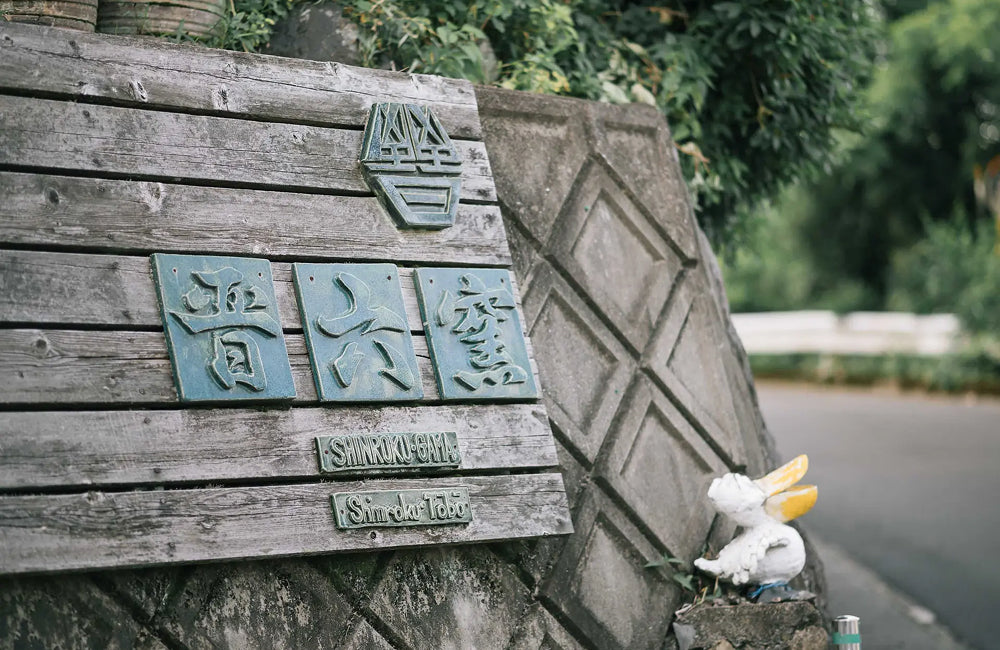
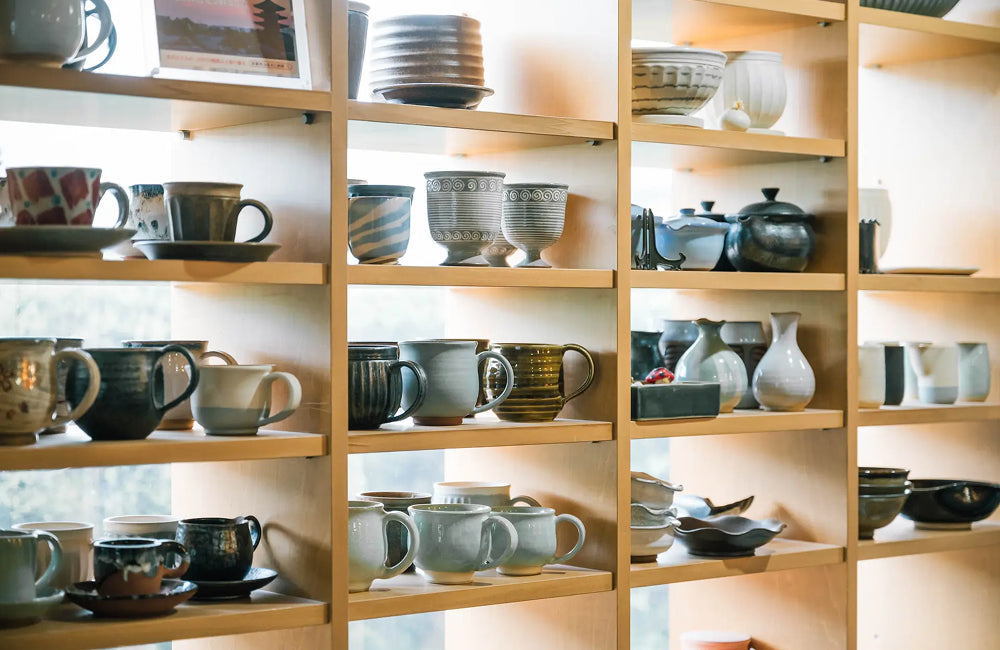
There she met her husband, Hiroomi, and after graduation he worked at another kiln producing vessels for the Japanese tea ceremony before joining Shinroku-gama. Learning from the previous generation, he carries on the kiln’s style of ceramics. While they each have their own responsibilities, the couple often collaborate, exchanging opinions to refine their work. For example, a cooking tool made by Hiroomi might be improved with Mika’s insights from a homemaker’s perspective. “It’s less about clashing, more like, ‘You’re right,’” says Hiroomi. Together, they blend their viewpoints and skills to create.
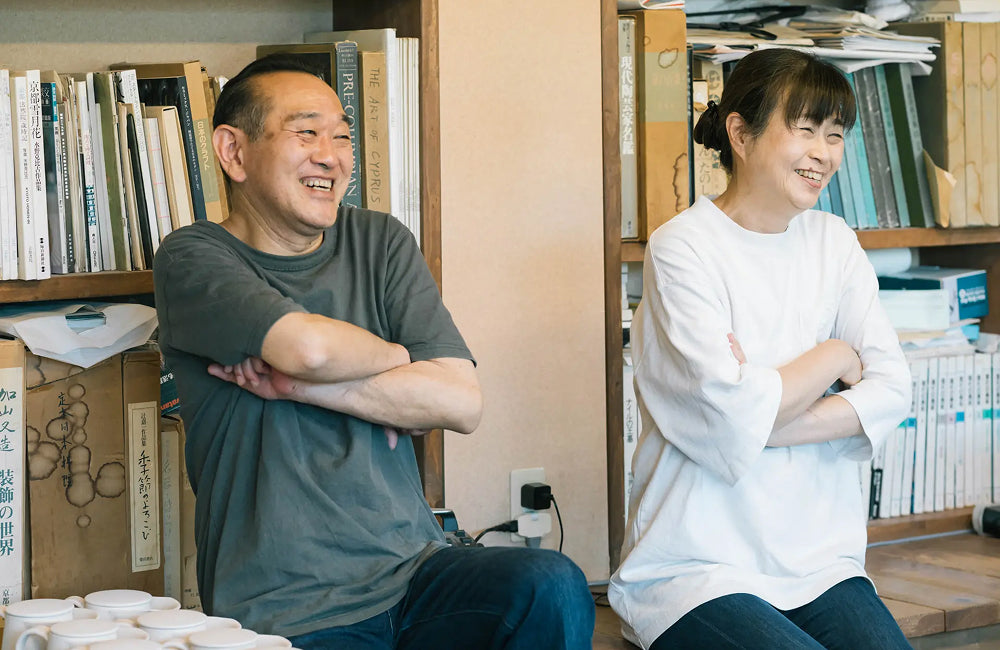
Left: Hiroomi Kyotani, Right: Mika Kyotani.
The Pelican Kyusu, Born from Kyoto’s Bancha Culture.
When preparing clay, they use a kneading technique called kikumomi to remove air and refine the clay. Twisting it into patterns resembling chrysanthemum petals aligns the particles, making wheel-throwing smoother. “If air remains, it can burst during firing. And if particles are misaligned, it forces harsher movements on the wheel,” explains Hiroomi. Thus, clay preparation is vital. As the saying goes, “Three years to knead clay, ten years for the wheel, a lifetime for firing.”
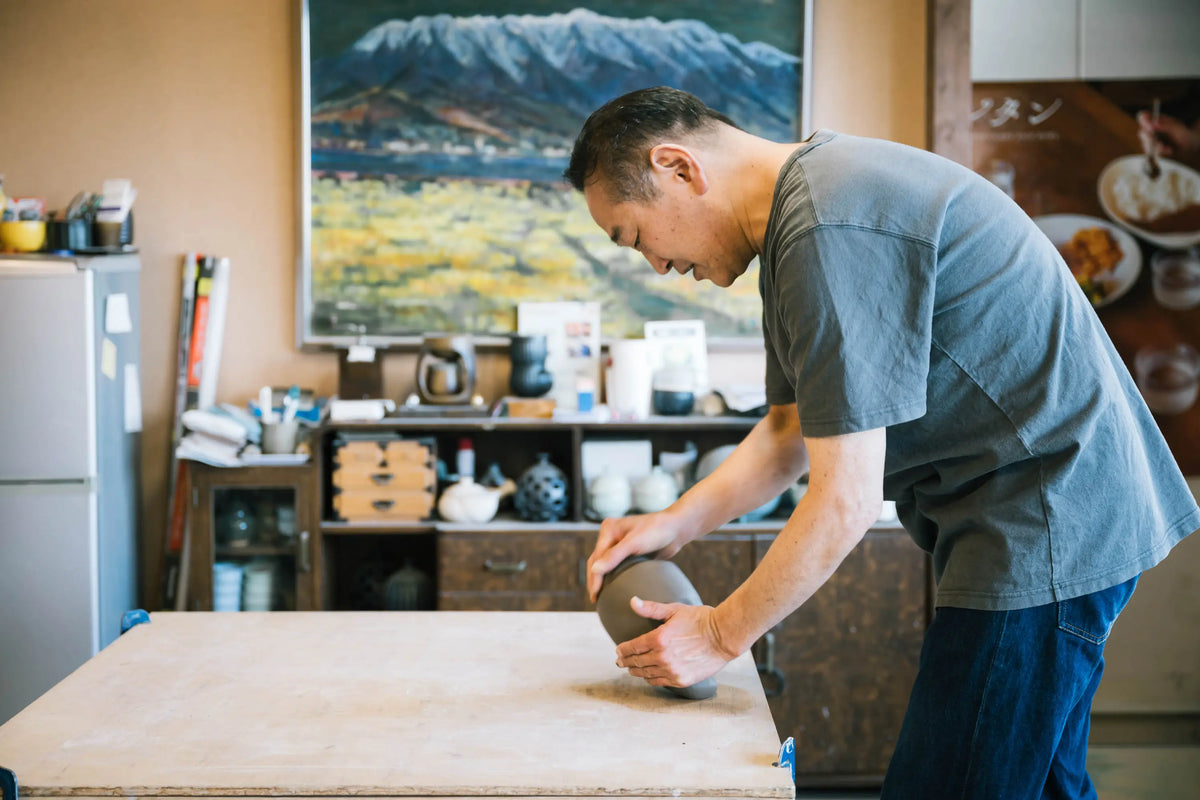
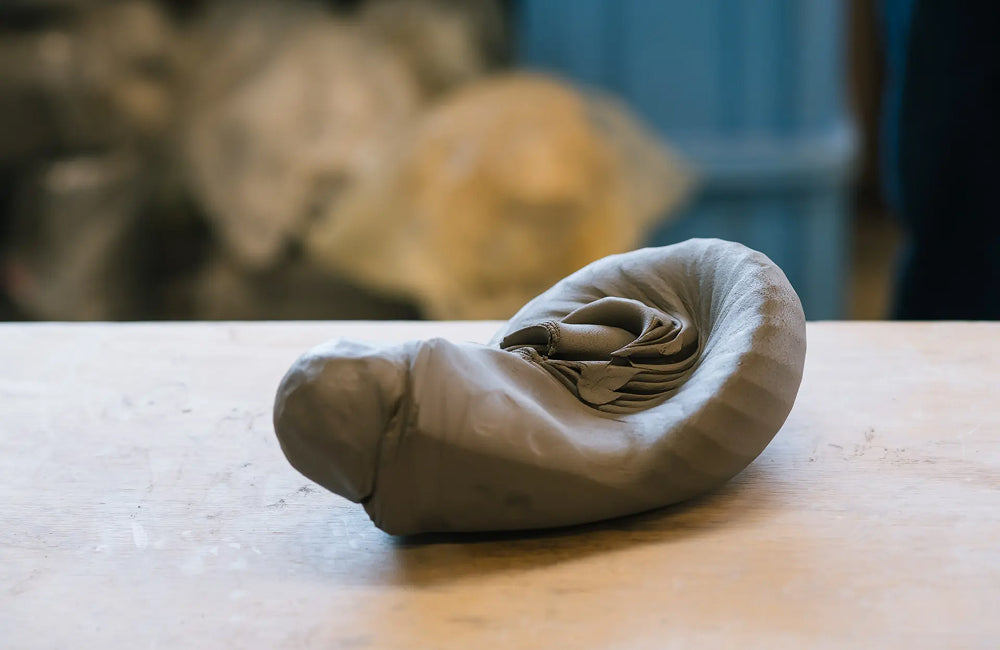
Kikumomi process and kneaded clay.
Kyoto is a region where clay is difficult to obtain, so the clay used has long been sourced from neighboring Shiga, Hyogo, Okayama and other prefectures, and one of the characteristics of Kyo-yaki and Kiyomizu-yaki is that each kiln has put their own unique touches to the painting, shape and glazes used to create their ware.
Pottery is completed through the natural blessings of earth and fire. In Kyoto, where the raw materials are not produced, we produce small quantities to order, and have always made careful use of the blessings of nature. We strive to create pottery that combines the generosity and simplicity of folk art with the elegance of Kyoto ware.
"Pottery is a supporting role, and food is the star. It's important to make the food stand out. I aim to create tableware that enriches people's lives, that will take root in people's lives and be passed down through the generations, and that will make everyday dining enjoyable," says Mika.
At Shinrokugama, we create our products with the idea that "we want to deliver items that people use every day that are carefully made by hand."
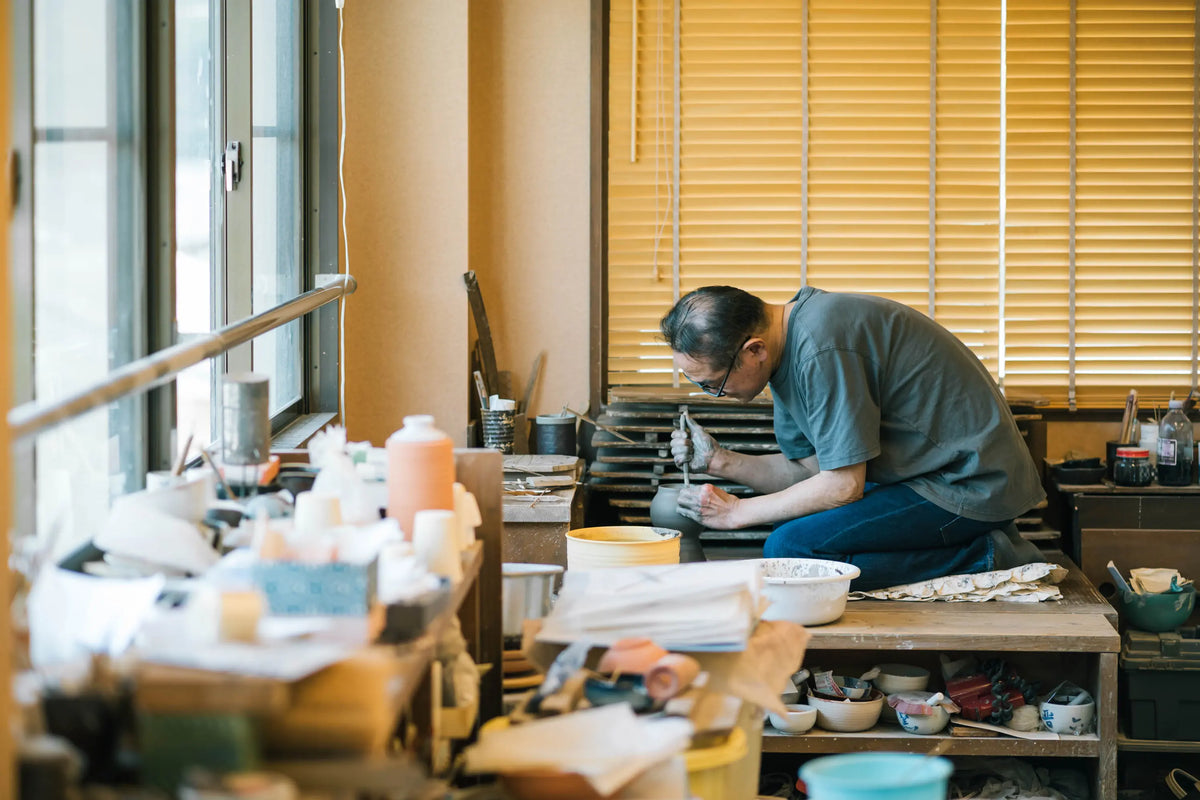

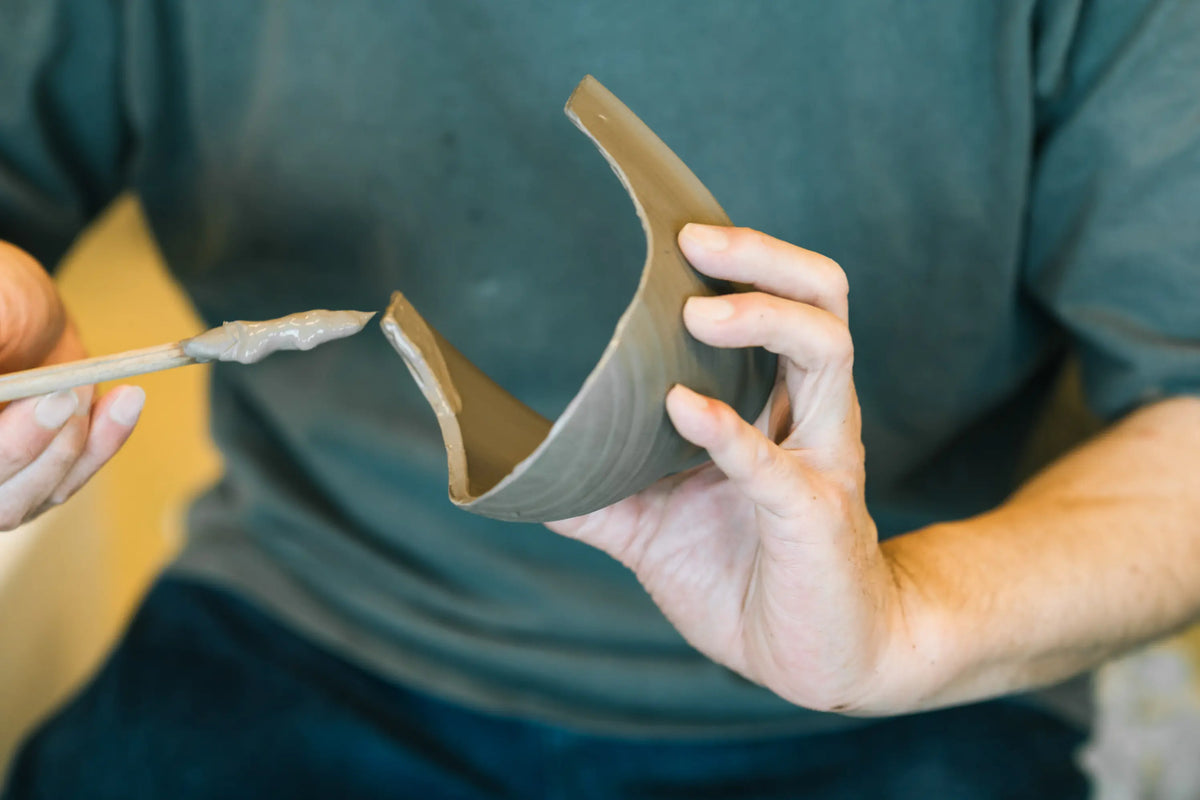
Because Kyoto lacks local clay, kilns traditionally source it from Shiga, Hyogo, and Okayama, then express individuality through shapes, decoration, and glazes—a hallmark of Kyoyaki and Kiyomizuyaki.
“My grandmother came from a restaurant family, so my grandfather and father often made tableware for Japanese cuisine,” recalls Mika.
The kiln’s signature Pelican Kyusu® emerged from a tea shop’s request: “Can’t you solve the problem of clogging?” To prevent clogging, Shinroku enlarged the spout with extra holes, giving it the appearance of a pelican’s beak. Kyoto’s bancha tea uses large leaves prone to clogging, but the Pelican Kyusu’s distinctive spout solves this problem. Despite its size, the spout pours neatly in a stream and even allows the lid to rest on it. For over 60 years, the Pelican Kyusu has been loved for its practicality.
“It’s not cheap, but since the pandemic, even people in their twenties have sought it out to enrich their daily lives,” says Mika. “Making Pelican Kyusu is also a way of helping preserve Kyoto’s bancha culture.”
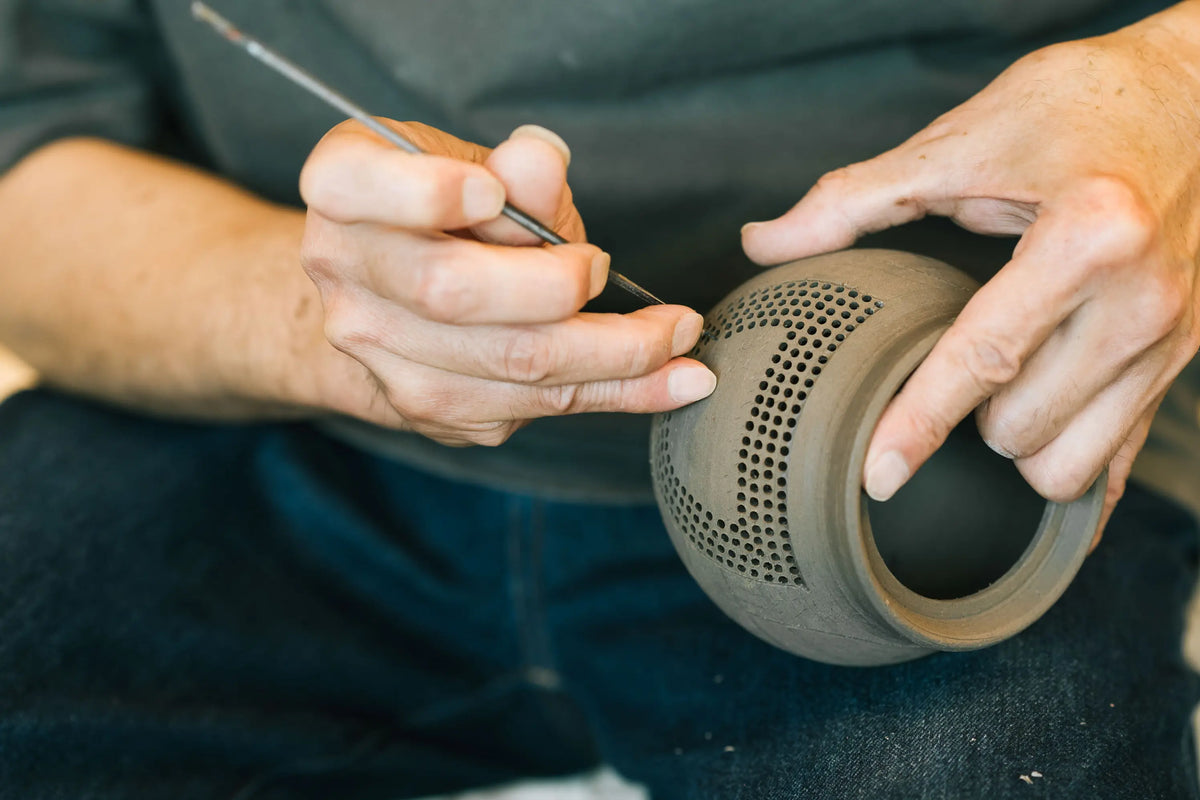
In Kyoto, umbrella ribs have long been used to pierce holes.
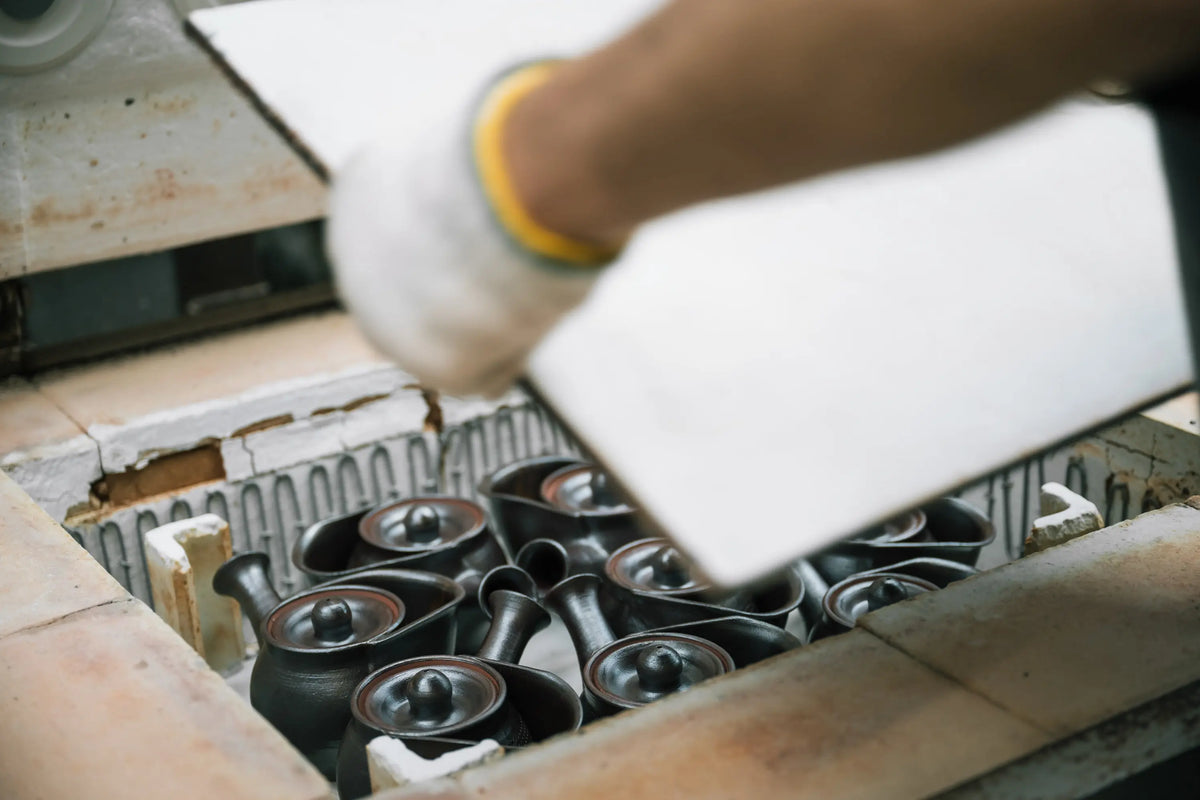
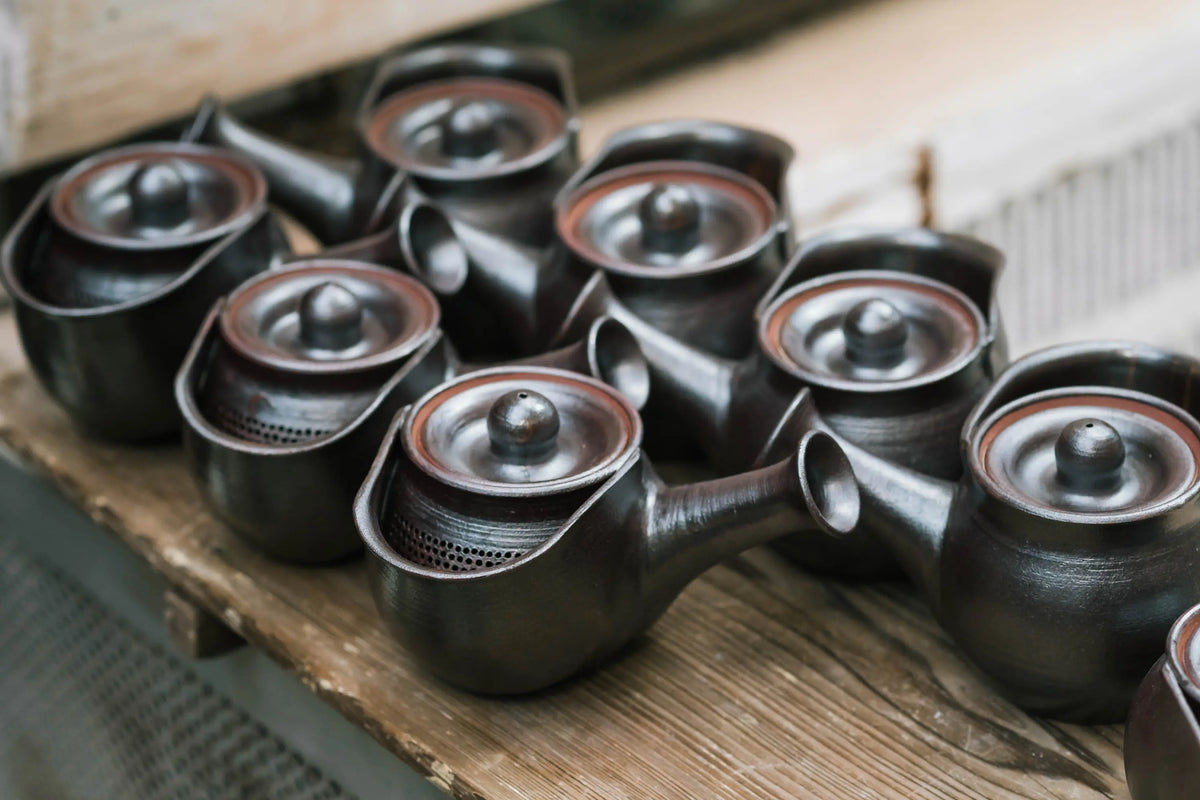
Pelican Kyusu® with its signature spout.
The New PELICAN® Series, Inspired by Customer Voices.
To encourage people of all ages to enjoy tea time at home, Shinroku-gama has developed the modernized PELICAN®series. “Tea is not only about flavor—it’s about the moment of relaxation, refreshment, and reset,” says Mika.
The striking matte white glaze was born from a female customer’s request during a pottery class. By removing cobalt oxide from the matte green glaze, they discovered it yielded a matte white. “Many of our ideas come from customer requests. Sometimes it’s really the customers who solve problems for us,” Hiroomi laughs. They have since expanded into matte blue, inspired by Tiffany blue, and continue to experiment. Each trial requires precise adjustments to glaze percentages and firing temperatures.
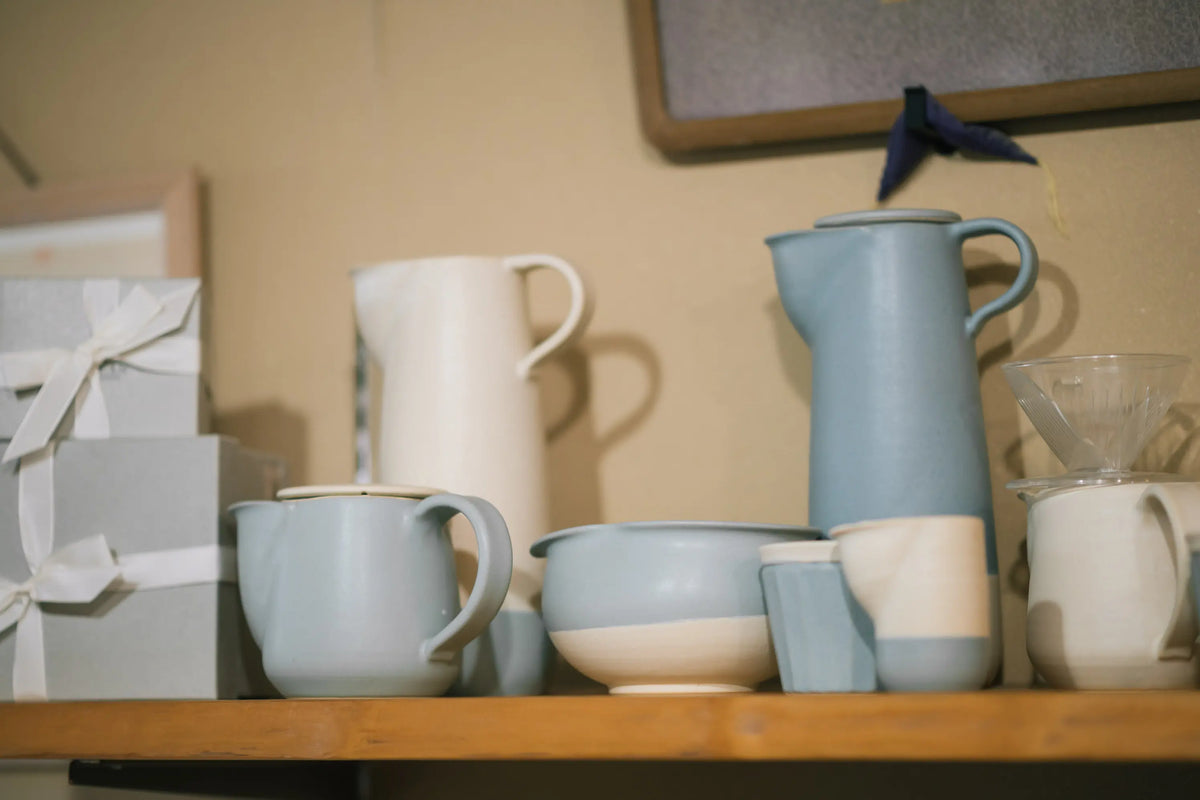

The modern PELICAN® series.
“Traditionally, matte glazes are layered with other matte glazes, but some customers ask for matte over gloss. The results are unpredictable—it’s all chemistry. But that makes it an opportunity to learn,” notes Mika. By listening to customers, Shinroku-gama pushes beyond convention.
A Little Imperfection Is Just Right.
Shinroku-gama values handcrafting. “Handmade pieces have warmth and usability. They’re never perfectly uniform—there’s always slight distortion. But that’s good. Perfect pieces can feel suffocating. A little imperfection—what I jokingly call ‘foolishness’—actually feels more comfortable,” says Hiroomi.
“It’s like buying a plate that feels just a little incomplete—because when you add the food, the table setting, and the company, it finally comes alive. That little gap is what makes it perfect.”
The warmth of the Kyotanis’ craft brings gentle imperfection to everyday life, enriching the dining table.
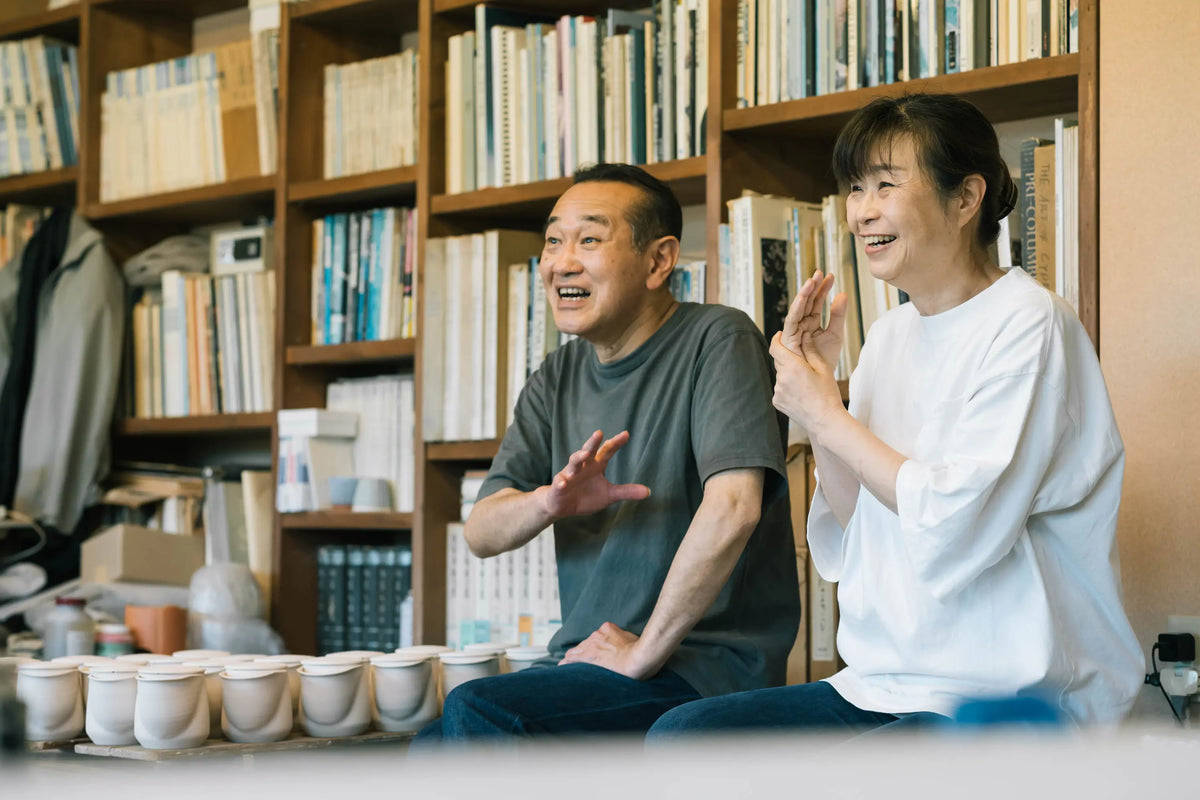
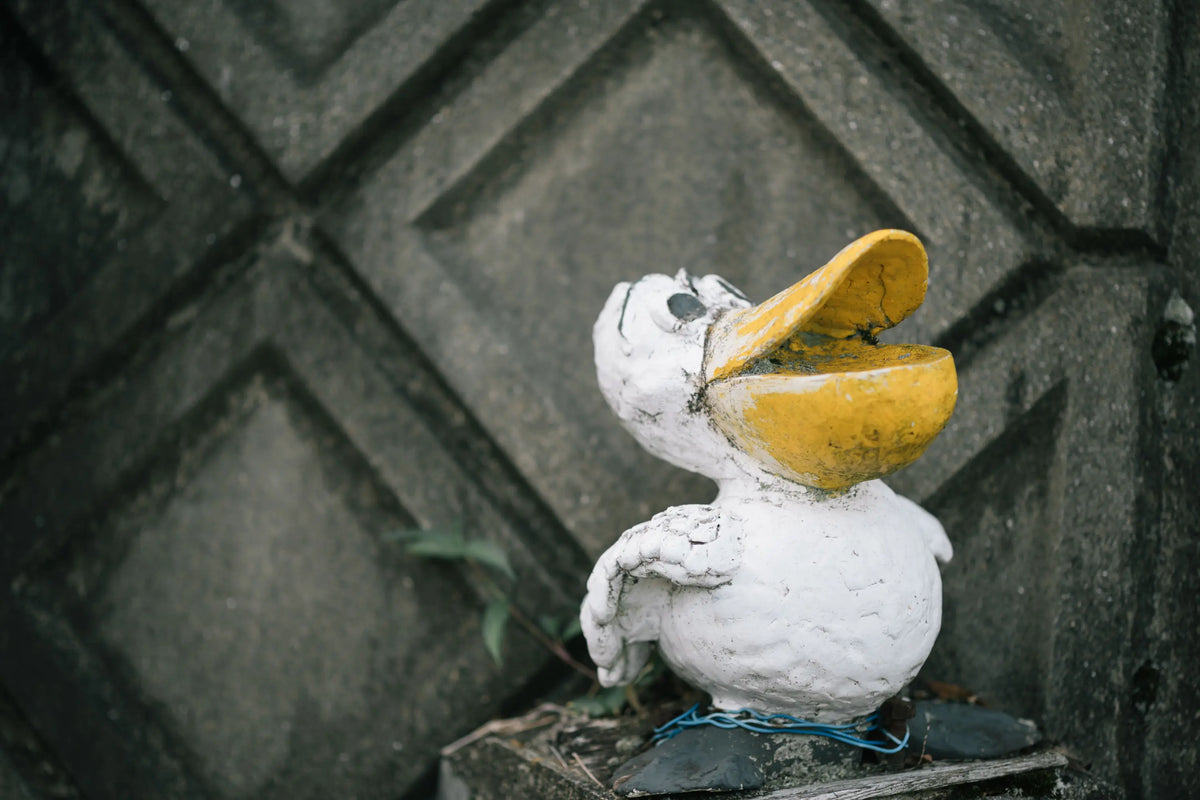
Interview and text: Takuya Arata, photos: Daiki Morishita





